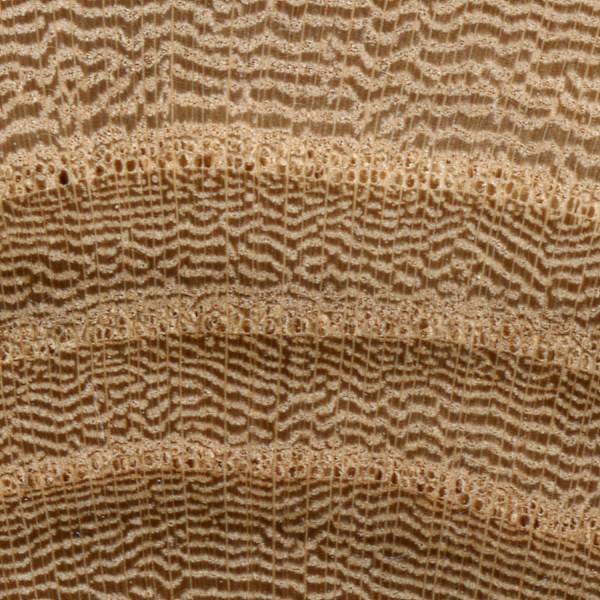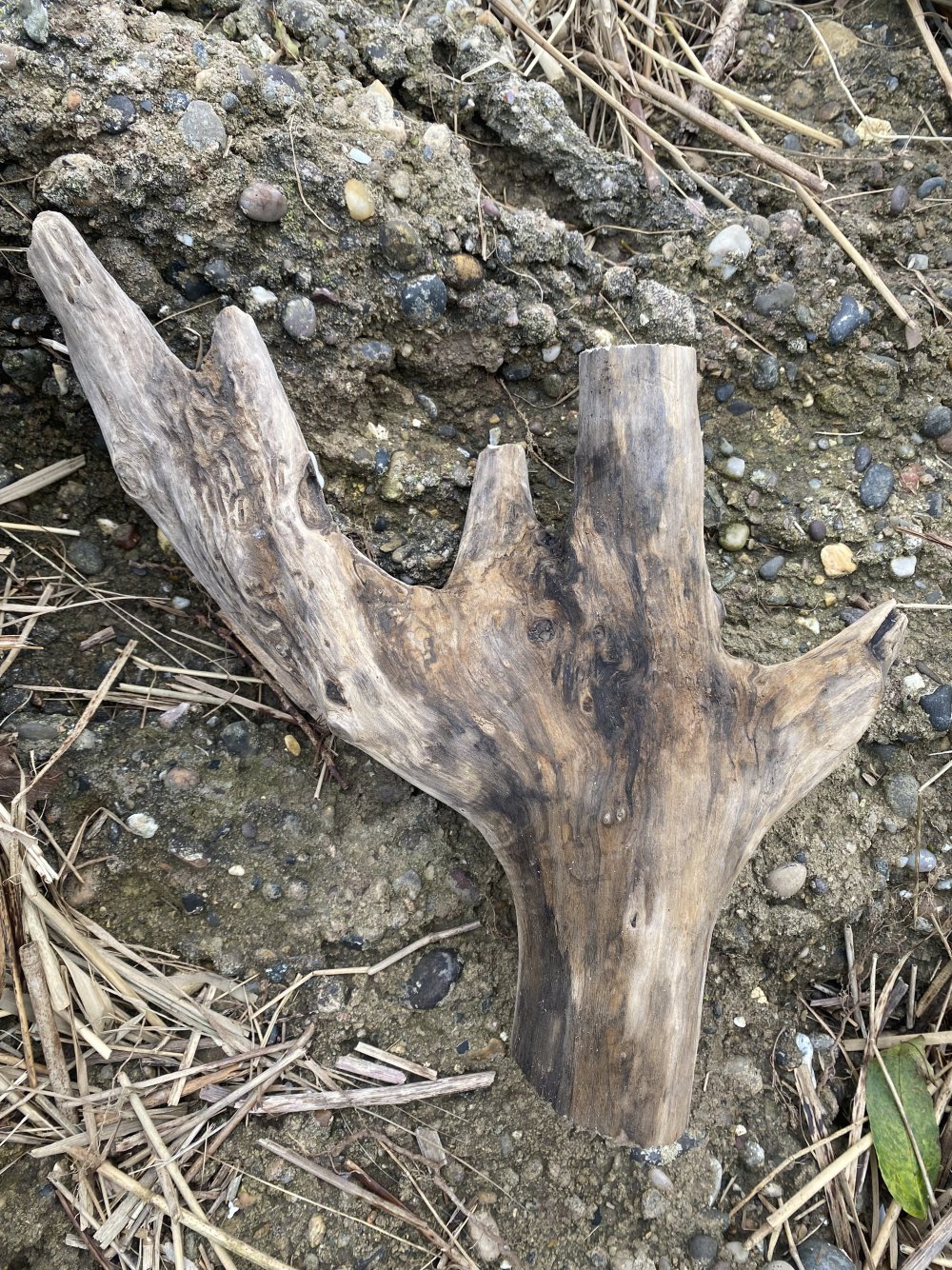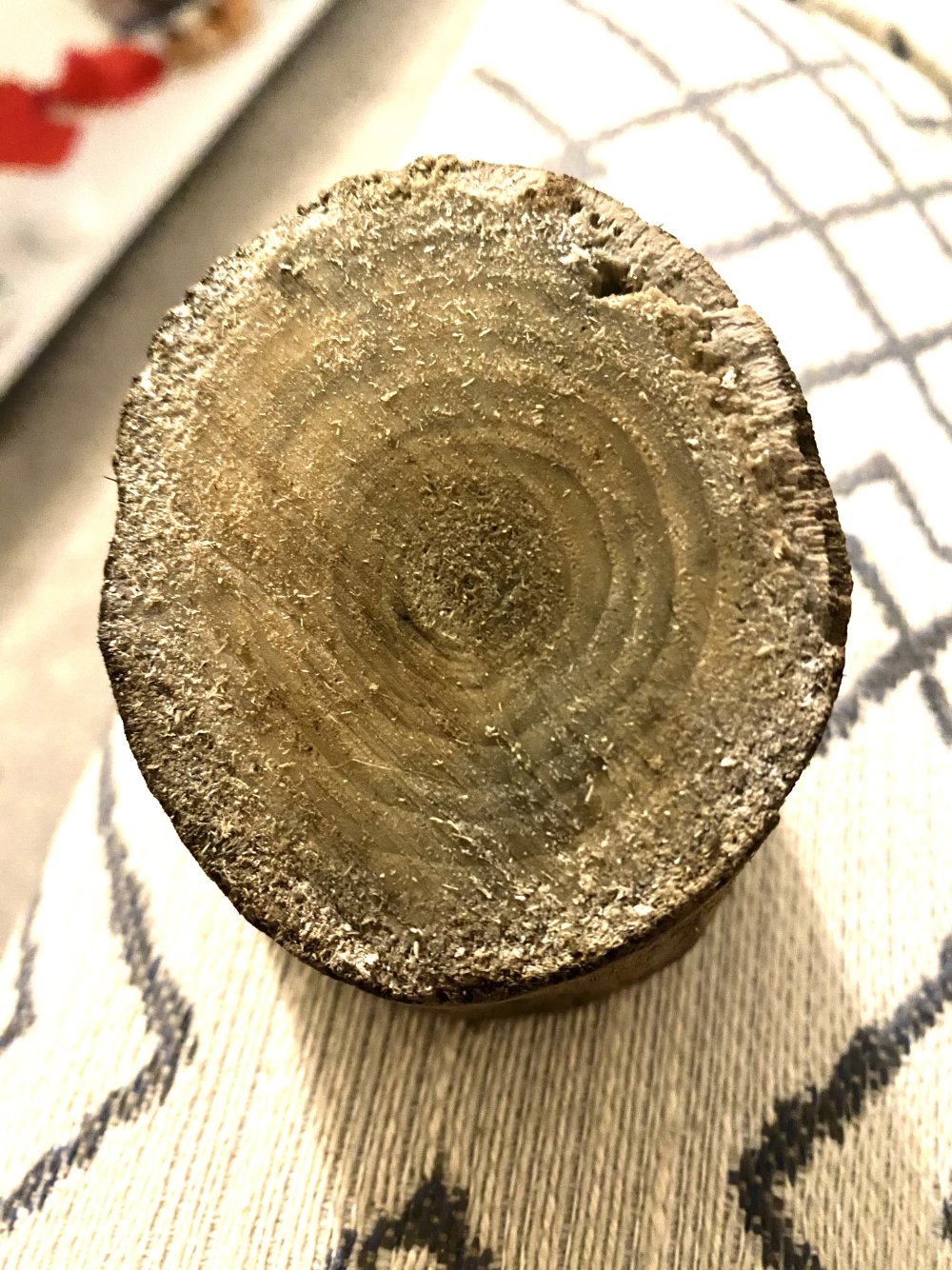-
You are viewing the forum as a Guest, please login (you can use your Facebook, Twitter, Google or Microsoft account to login) or register using this link: Log in or Sign Up
You are using an out of date browser. It may not display this or other websites correctly.
You should upgrade or use an alternative browser.
You should upgrade or use an alternative browser.
Wood
- Thread starter BarrWarr
- Start date
Hi all,
If you don't have a pond or similar, you can use rain water, but you'll need to change it fairly regularly.
Cheers Darrel
It is. Ideally you want dense hard woods, and they don't float very well.I live on the east coast (uk) and often come across plenty of driftwood and I’m wondering if it is safe to use in my tank?
Soak it for a long time to get rid of any salt. Salt (NaCl) is highly soluble, but may have soaked into the wood.If so, would it need anything doing to it beforehan
If you don't have a pond or similar, you can use rain water, but you'll need to change it fairly regularly.
Cheers Darrel
Perfect - I’m off looking for some then! How long is fairly long? Not sure how I’ll be able to soak it though, I have a water butt full of rain but emptying that and hoping for rain seems OTT?
Edit - just been and collected a couple of pieces via a saw, this is prob the nicest piece. Really heavy and hard so will hopefully sink! Get it covered in some moss and Anubia/Microsorum and it will hopefully look ok. I’ve popped it in a bucket with tap water and some Seachem Prime - I’ll change the water daily, how long would you say to keep doing this?
Edit to the edit - the piece actually floats which surprised me considering how heavy it was. Also, I cut off an inch from the bottom and when I felt that piece, I was able to scratch some of the damp wood off with my nail - is that possibly a sign the wood isn’t suitable?
Edit - just been and collected a couple of pieces via a saw, this is prob the nicest piece. Really heavy and hard so will hopefully sink! Get it covered in some moss and Anubia/Microsorum and it will hopefully look ok. I’ve popped it in a bucket with tap water and some Seachem Prime - I’ll change the water daily, how long would you say to keep doing this?
Edit to the edit - the piece actually floats which surprised me considering how heavy it was. Also, I cut off an inch from the bottom and when I felt that piece, I was able to scratch some of the damp wood off with my nail - is that possibly a sign the wood isn’t suitable?
Attachments
Last edited:
As I can’t be sure on what type of wood the above is, I went and found myself some dead Ash instead - I read another post on here that Ash is suitable.
It is a long time dead so I’m currently soaking it in a bucket. It’s a shame that piece of driftwood appears to be not suitable, I really like the shape.
It is a long time dead so I’m currently soaking it in a bucket. It’s a shame that piece of driftwood appears to be not suitable, I really like the shape.
Maf 2500
Member
Give the soft areas a good scrub with a wire brush or similar very stiff brush. Hopefully it may just be a soft surface layer and what is underneath is much harder. If it is soft all the way through then you are unfortunately out of luck with this piece.I was able to scratch some of the damp wood off with my nail - is that possibly a sign the wood isn’t suitable?
Maf 2500
Member
Generally pines and conifers are the unsuitable species. I don't know how long it would have to be in the sea to leach out all of the undesirable resins, but I guess it would happen eventually. If you can see any traits of these species in the driftwood then perhaps best to give it a miss. Depending upon how big any piece of driftwood is you should be able to use the branching habit to make an educated guess as to whether it is a deciduous tree or coniferous.
Hi all,
Cheers Darrel
I think it is hardwood, from the branching shape. I'd guess it may be Elm (Ulmus sp.). You may be able to tell from rings, they are quite distinctive in Elm.... Depending upon how big any piece of driftwood is you should be able to use the branching habit to make an educated guess as to whether it is a deciduous tree or coniferous.
Cheers Darrel
Here’s the piece I cut off the bottom. I have just scraped off a bit of the outer with my nail and the inner wood also seems soft. Maybe the actual ring part maybe hard (the outer growth looks spongy?)?
Elm is possible - it appears to have the historic larval feeding signs of the elm bark beetle and elm is present relatively nearby.
Elm is possible - it appears to have the historic larval feeding signs of the elm bark beetle and elm is present relatively nearby.
Attachments
Hi all,

Cheers Darrel
Elm is <"ring porous">, meaning it has an obvious ring of larger pores in each growth ring.Elm is possible - it appears to have the historic larval feeding signs of the elm bark beetle and elm is present relatively nearby.

Cheers Darrel
Last edited:
Maf 2500
Member
Yeah, maybe the softer more decayed wood is in the large pore space parts of the ring. Might be a good candidate for a jetwasher to blast out the softy stuff and see what you are left with?Elm is "ring porous", meaning it has an obvious ring of larger pores in each growth ring.
I’m just going to play safe and use a wood I definitely know is hard and suitable! I’ve been out this morning and got some nice Cherry pieces so I’ll prob use these and maybe a piece of Ash I got.
The Cherry has lichen on it, I’m assuming this will come off once it’s soaked and I give it a scrub?
The Cherry has lichen on it, I’m assuming this will come off once it’s soaked and I give it a scrub?
Hi all,
cheers Darrel
Ideally you want it without bark, but yes you can just scrub the lichen off.The Cherry has lichen on it, I’m assuming this will come off once it’s soaked and I give it a scrub?
cheers Darrel
Hi all,
I think a lot of the <"spider wood"> etc. imported from SE Asia is fresh wood that has had its bark stripped and it is the sap that causes the bloom of fungi etc in the tank.

cheers Darrel
I usually just leave bits of wood with bark outside until it falls off. This also ensures that <"any sap"> has <"also gone">.The piece is quite gnarled so it might be tricky to get all the bark off? Would boiling it help at all?
I think a lot of the <"spider wood"> etc. imported from SE Asia is fresh wood that has had its bark stripped and it is the sap that causes the bloom of fungi etc in the tank.

cheers Darrel
Last edited:




